Case Number : Case 2671 - 01 October 2020 Posted By: Saleem Taibjee
Please read the clinical history and view the images by clicking on them before you proffer your diagnosis.
Submitted Date :
60M, eroded plaques scalp and trunk.

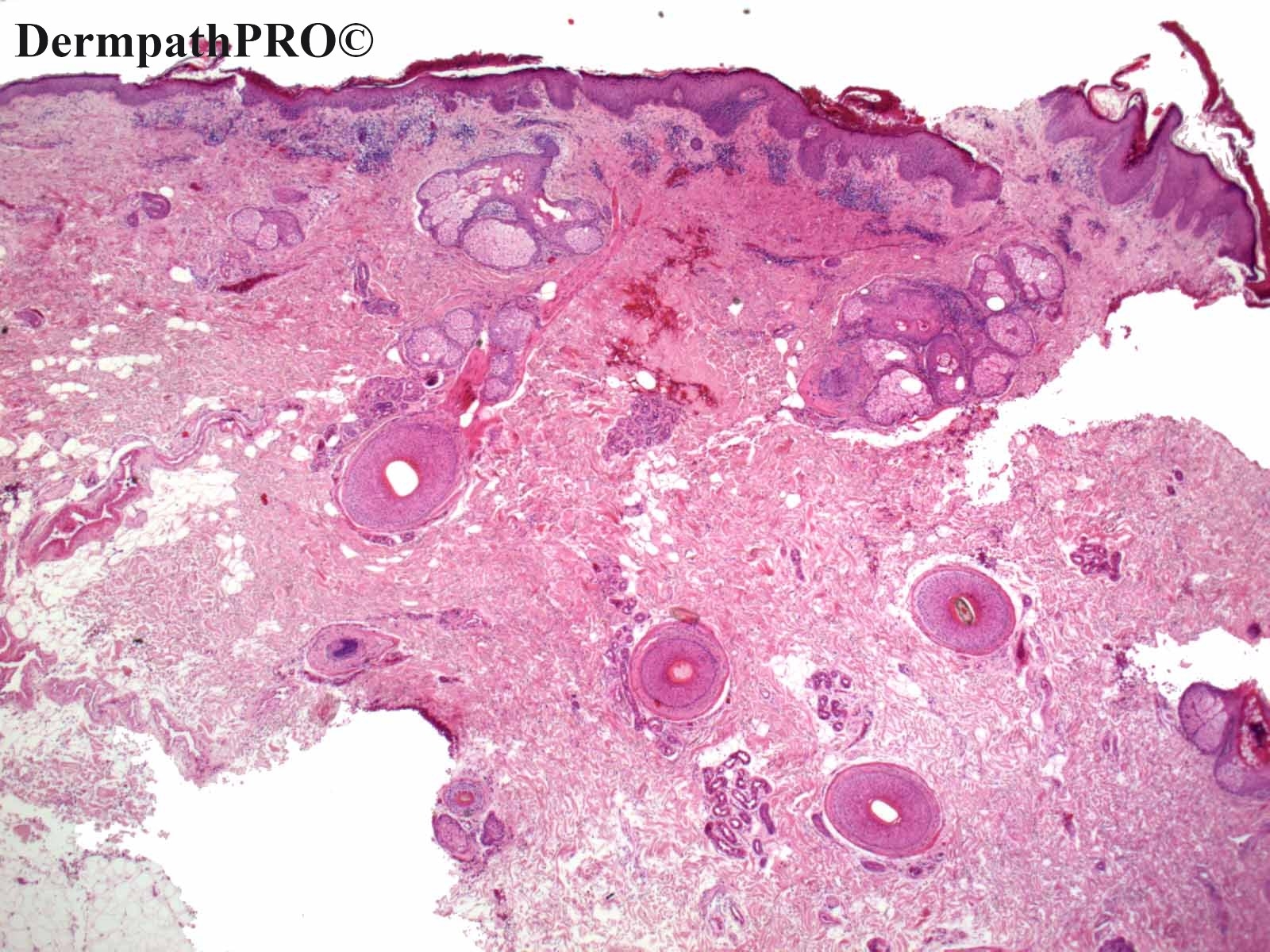
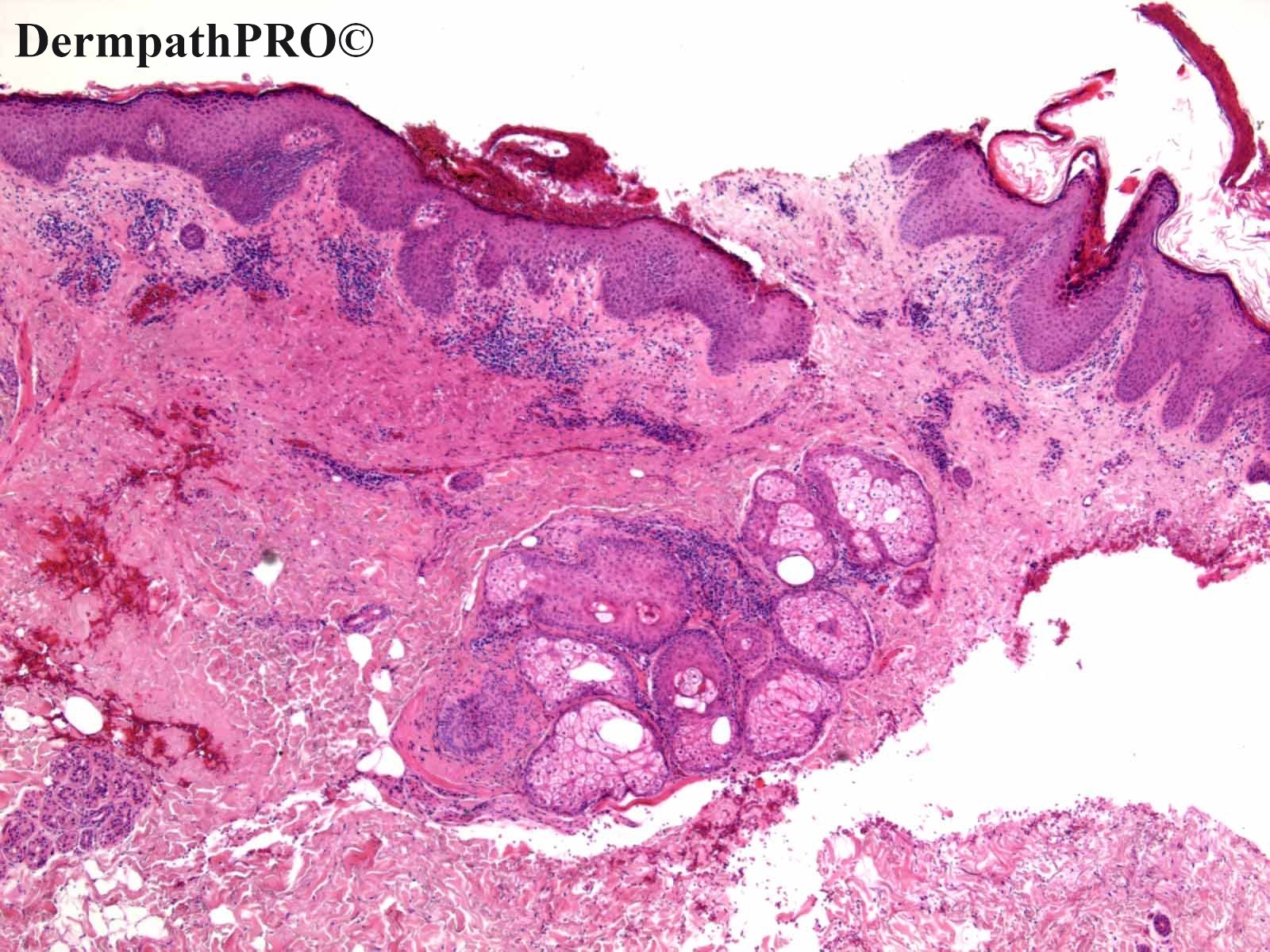
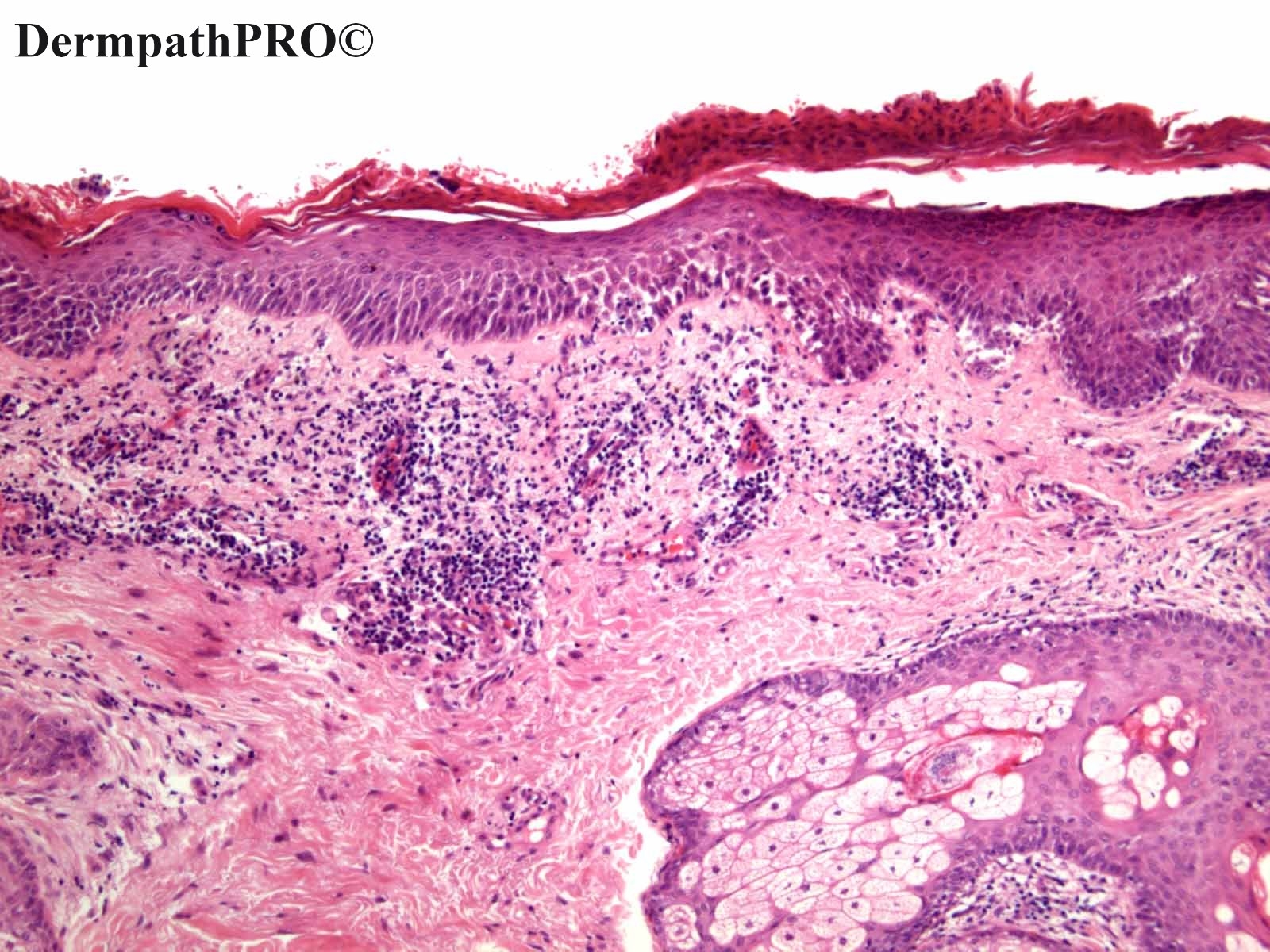
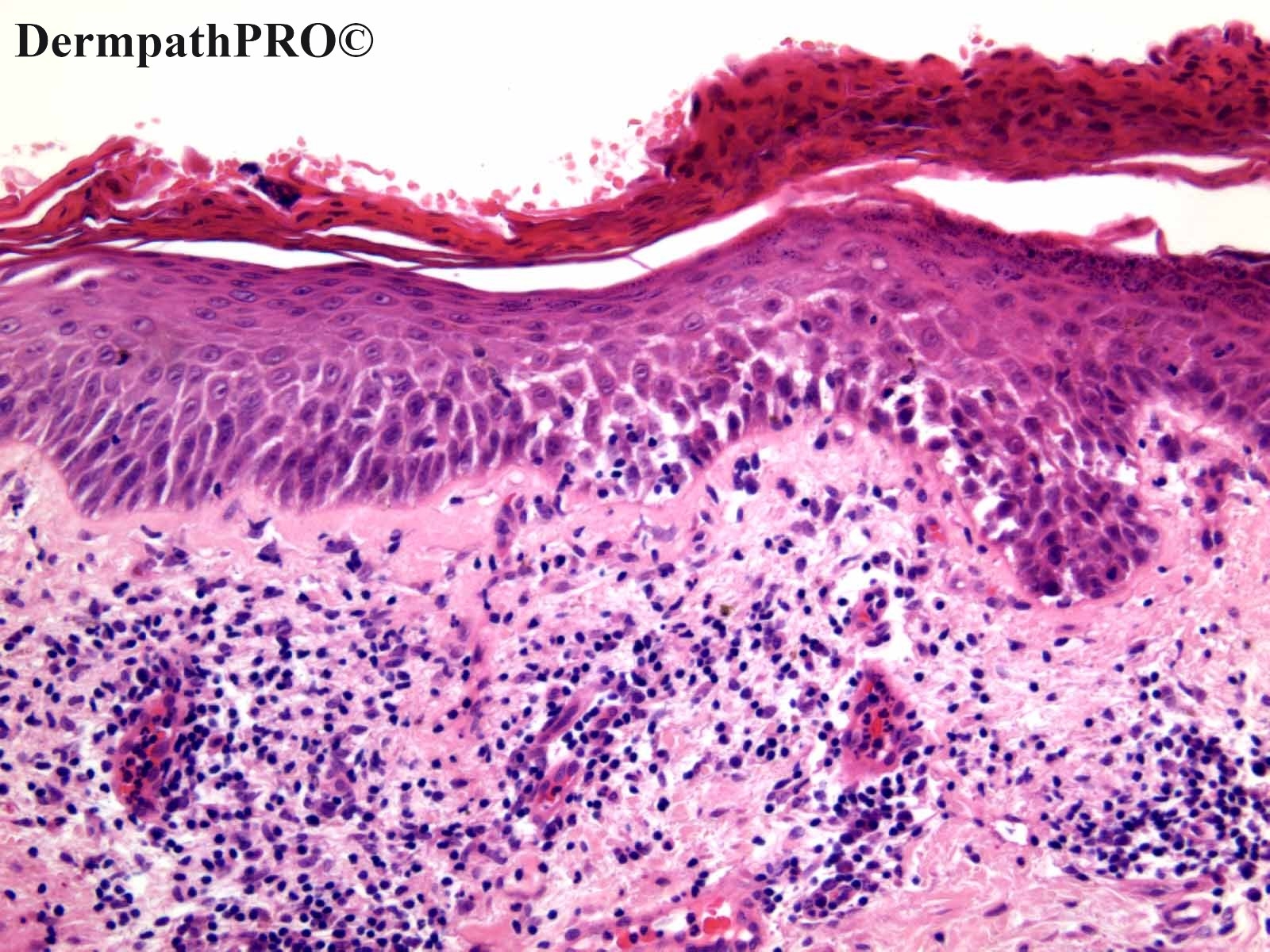

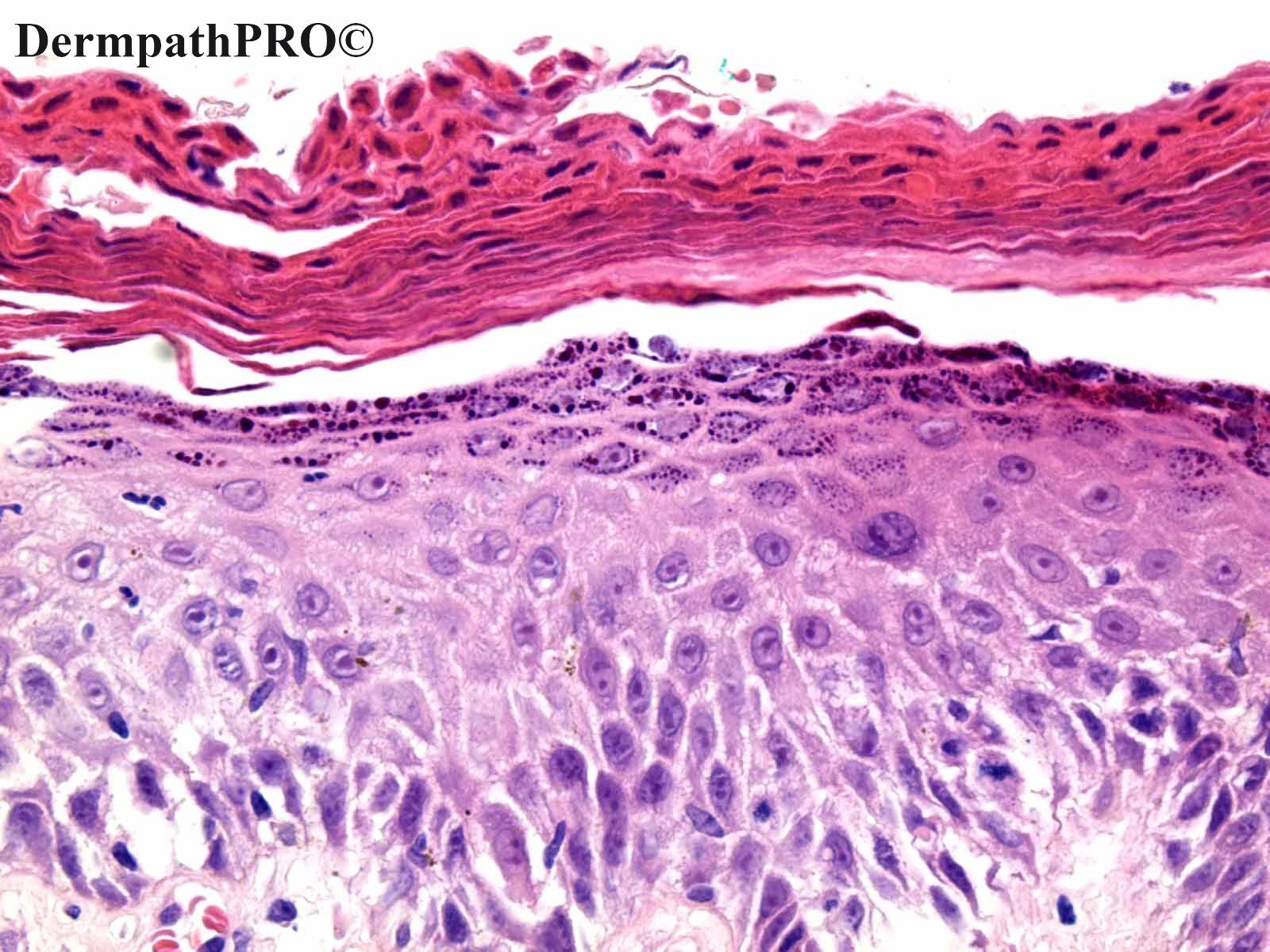

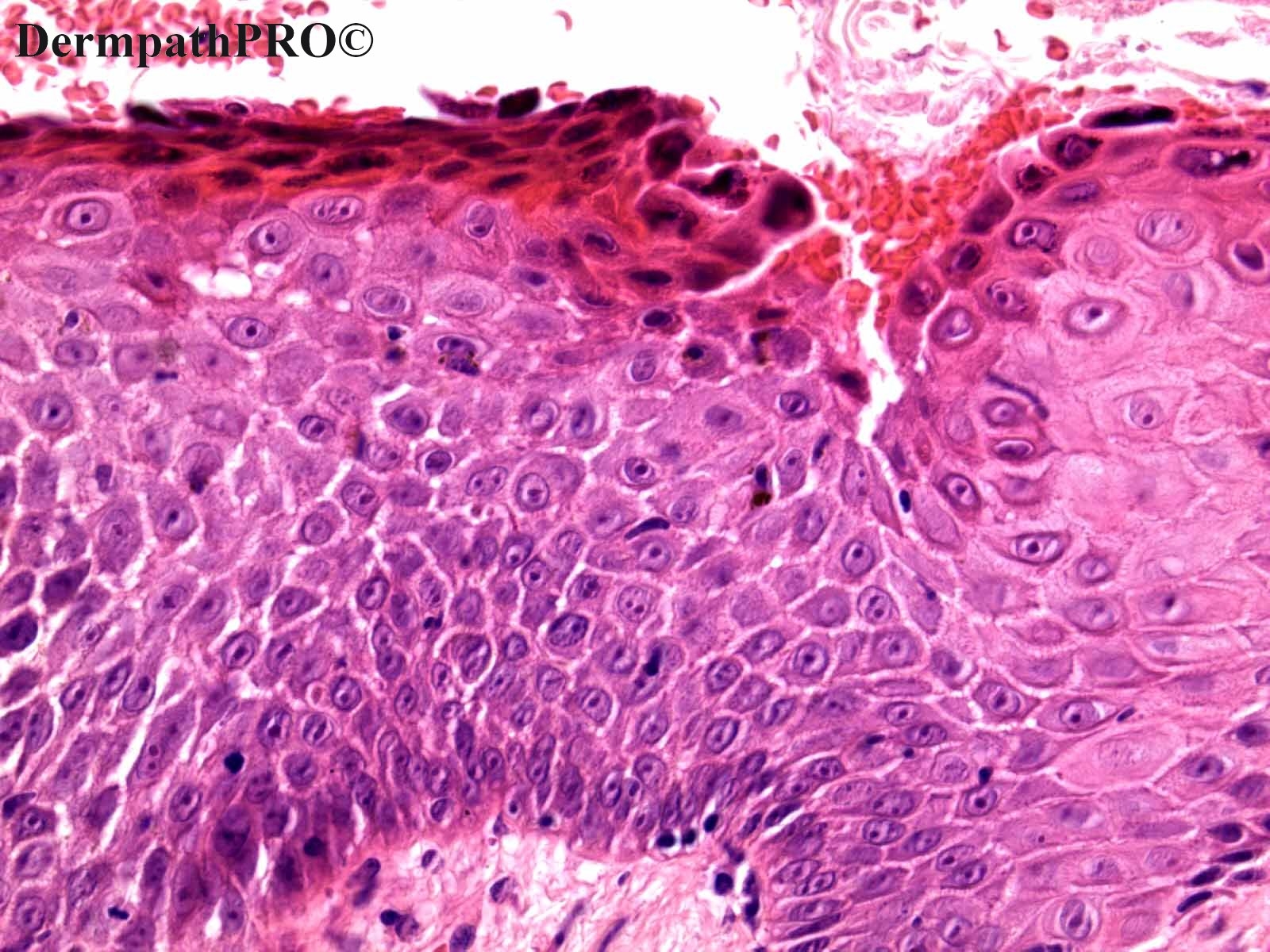
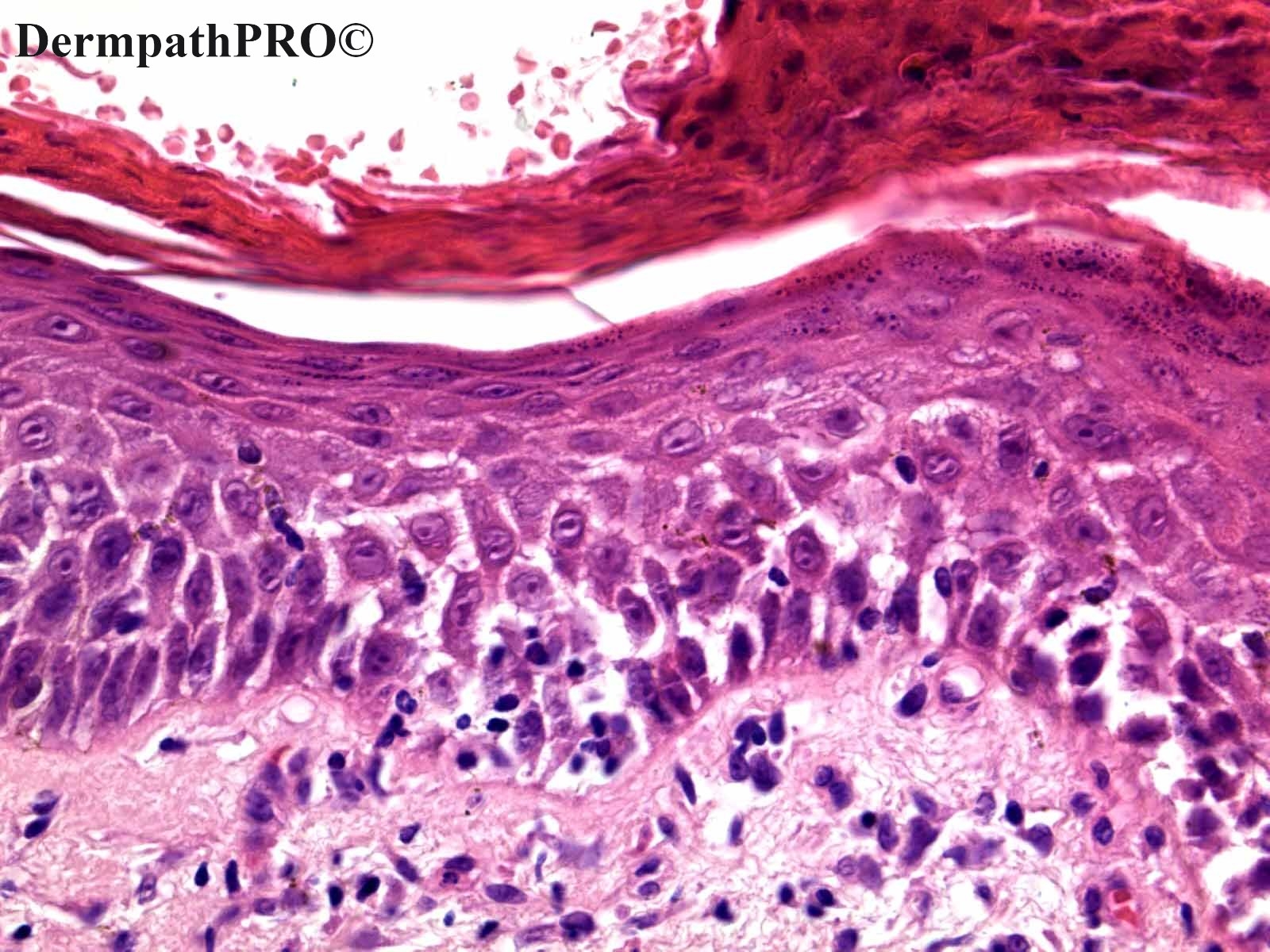


Join the conversation
You can post now and register later. If you have an account, sign in now to post with your account.